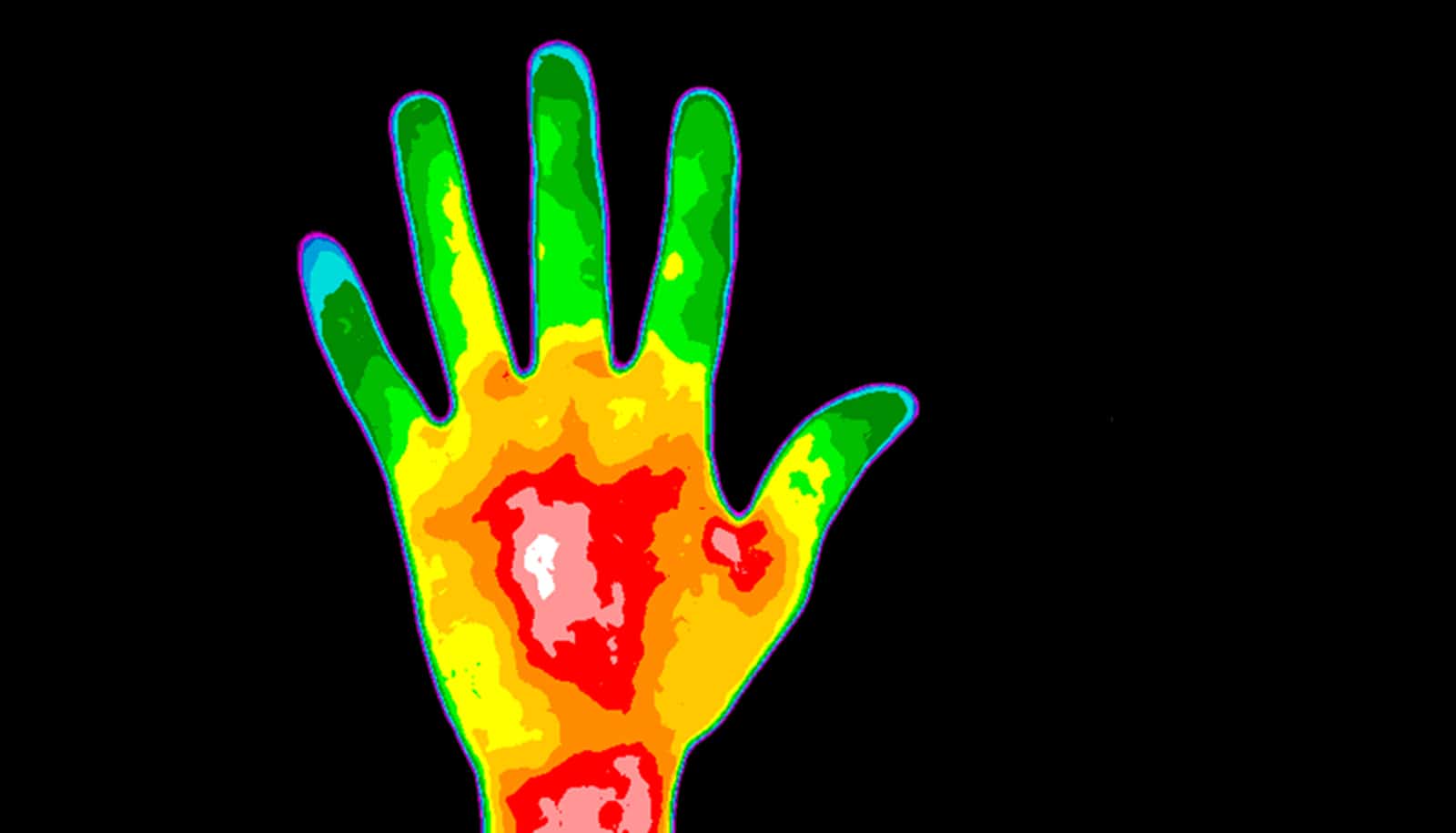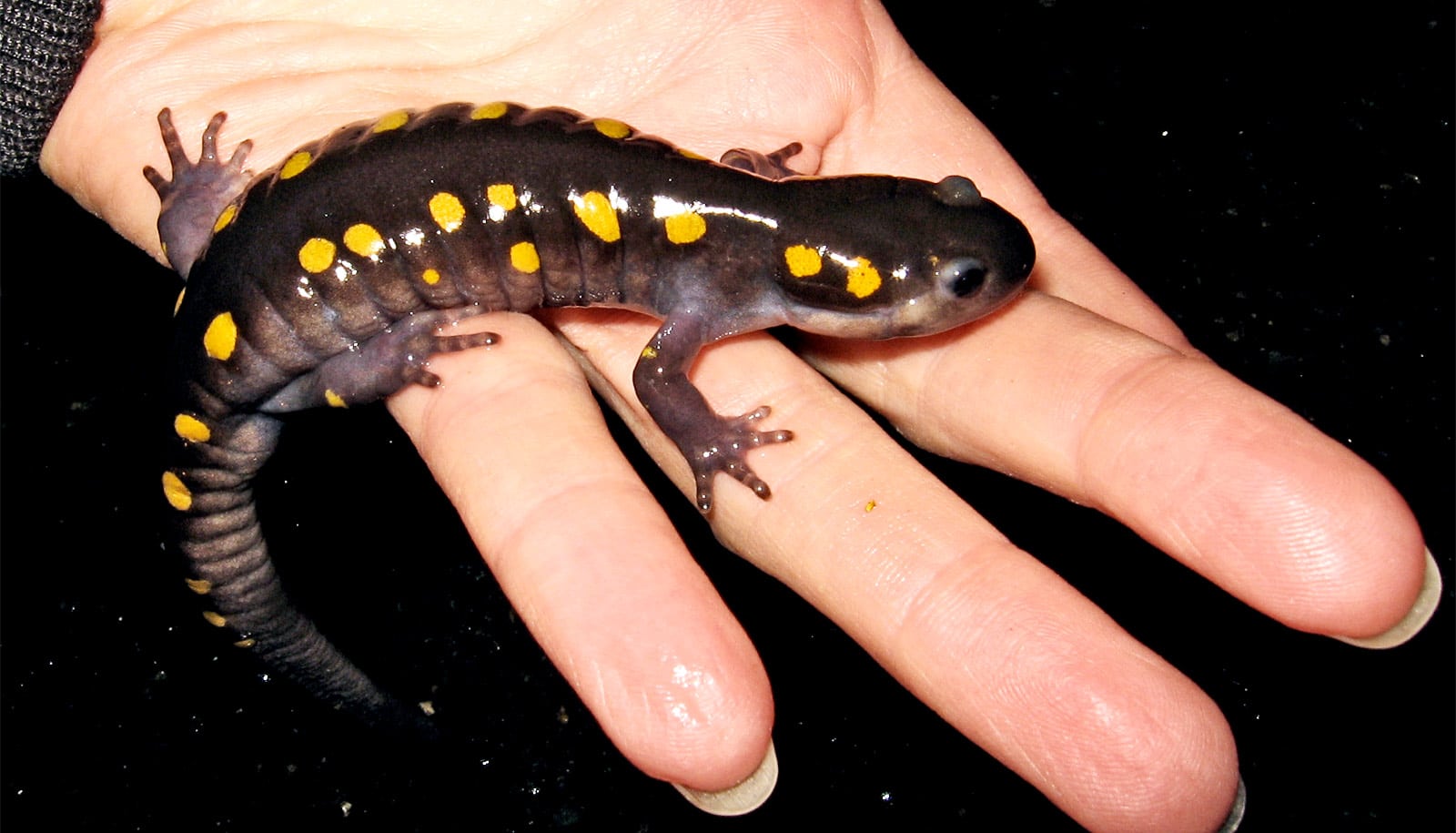
"Whatever we propose has to go through the further trials, but we believe this application won't be difficult to apply to human patients," says Kiarash Khosrotehrani. (Credit: Getty Images )
Blocking 1 healing gene cuts down on scarring
Blocking a gene involved in the healing process reduced scarring in a new study with animals. The work could have implications for burn patients.
Researchers have been able to reduce scarring by blocking part of the healing process, according to a new study.
The research could make a significant difference for burns and other trauma patients.
Targeting the gene that instructs stem cells to form scars reduced scarring in the animal study, says Kiarash Khosrotehrani, professor at the University of Queensland.
“The body’s natural response to trauma is to make plenty of blood vessels to take oxygen and nutrients to the wound to repair it,” Khosrotehrani says.
“Once the wound has closed, many of these blood vessels become fibroblast cells which produce the collagens forming the hard materials found in scar tissue.
“We found that vascular stem cells determined whether a blood vessel was retained or gave rise to scar material instead.”
The experimental dermatology team then identified the molecular mechanism to switch off the process by targeting a specific gene involved in scar formation known as SOX9.
Khosrotehrani says while more research is required, the potential application of the findings would have obvious benefits for many patients including those who’ve had knee or hip surgeries, melanomas removed, or suffered burns.
“The classic situation where there’s a lot of scarring is burns—where the wound is healed but there is a big scar in that area,” he says.
“Now that we’ve found the molecular drivers, we understand the process better and we are hopeful that a treatment can be developed.
“We used siRNA—or small ribonucleic acid—technology to block the RNA of SOX9 from being expressed and this reduced scarring in animals.
“Whatever we propose has to go through the further trials, but we believe this application won’t be difficult to apply to human patients.”
The Australian Research Council Discovery Project grant funded part of the research. A fellowship of the National Health and Medical Research Council has supported Khosrotehrani.
The research appears in Nature Communications .
Source: University of Queensland
The post Blocking 1 healing gene cuts down on scarring appeared first on Futurity .
Share this article:
This article uses material from the Futurity article, and is licenced under a CC BY-SA 4.0 International License. Images, videos and audio are available under their respective licenses.
Related Articles:
Thermal imaging offers better way to assess burns
Feb. 1, 2019 • futuritySalamander size is a big part of their incredible healing
Oct. 28, 2021 • futurityLinks/images:
- https://www.futurity.org/skin-grafts-wound-healing-1826382/
- https://www.futurity.org/essential-oils-wound-healing-2237742-2/
- https://doi.org/10.1038/s41467-021-22717-9
- https://www.uq.edu.au/news/article/2021/05/uq-research-finds-new-way-reduce-scarring
- https://www.futurity.org/scarring-healing-burns-trauma-2563702-2/
- https://www.futurity.org


